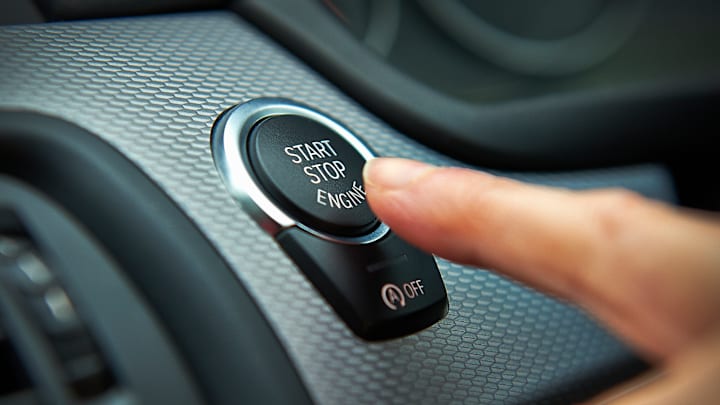As modern cars continue to add new features, the dashboard can become more and more confusing. A variety of lights, buttons, symbols, and switches aren’t easily deciphered without referencing the operating manual: Pressing something as innocuous as the air recirculation control can become an exercise in suspense.
Then there’s the ‘A’ button. A relatively new option, its purpose is murky, and you might be apprehensive about activating it. So what does it do?
The A button controls the automatic start-stop system in vehicles. Automatic start-stop functionality was designed for fuel economy and cuts the engine when a car comes to a complete stop. If your vehicle is equipped, you’ll likely notice the engine stopping at red lights or in congested traffic and then revving back up again once you begin to accelerate. Depending on how often you drive, the technology might save you anywhere from 3 percent to 12 percent in fuel costs.
But not everyone is a fan of the feature. When it’s engaged and the engine is off, drivers may have trouble maintaining a comfortable cabin temperature or lose the ability to quickly accelerate when merging onto a highway.
If a vehicle operator wants to disable it, they press the A button. Once the button is engaged, the vehicle’s engine will run uninterrupted. Often, the A button will illuminate, meaning you’ve elected to disable the function.
The catch? The A button is typically only good for each ride. Every time you start the car, you’ll have to press it to suppress the automatic start-stop function.
Some drivers get into the habit of pushing the A button every time they get in their car; others opt for an aftermarket solution to permanently disable the feature without having to do it during every drive. If you find it disconcerting to have the engine stop every time you're at a light, the A button is the solution.
